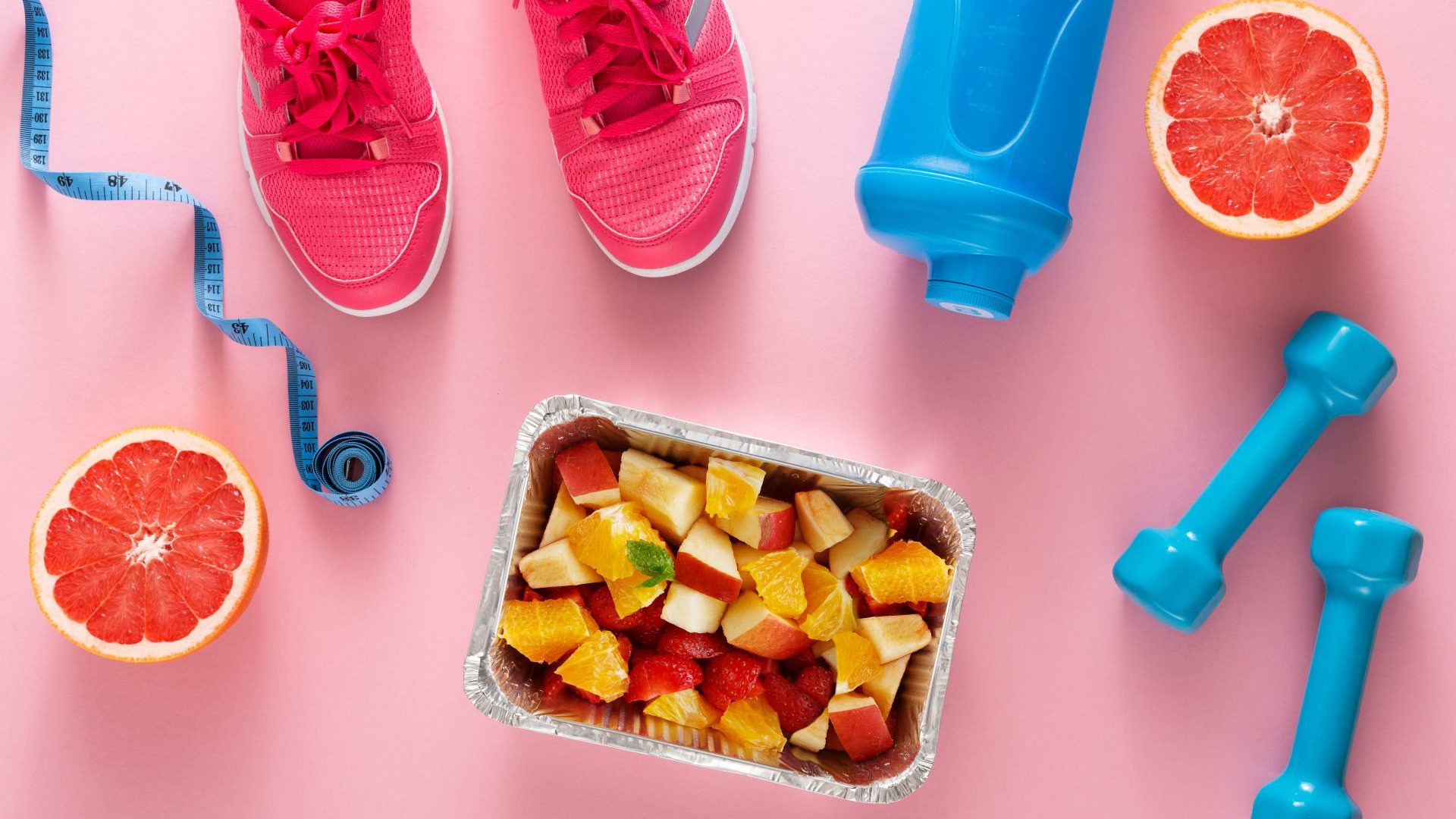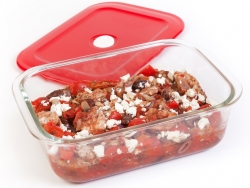What are kilojoules (kJ) or calories?
Energy is measured in kilojoules (kJ) or calories, so when referring to ‘energy in’ this is referring to the kilojoules or calories in the food we have eaten. The standard unit of measurement in Australia is kilojoules (kJ).
Maintaining a healthy weight is important to help minimise the risk of lifestyle diseases such as heart disease, some cancers and type 2 diabetes.
Energy in = Energy out
To maintain body weight, aim for your energy intake to equal your energy output. The amount of energy an individual requires each day depends on how active that person is, and if their body is still growing (e.g., children and adolescents).
The table below is a guide to the estimated daily energy requirements for an ‘average’ person with low level of physical activity (e.g. sedentary work such as office work, and no strenuous exercise).
Actual energy needs for individuals will vary considerably depending on activity levels, body composition, state of health, age, weight and height.
Remember:
- Energy is measured in kilojoules (kJ) or calories.
- The standard unit of measurement in Australia is kilojoules (kJ).
- To maintain body weight, aim for your energy intake to equal your energy output.
- Energy needs for individuals will vary considerably depending on activity levels, body composition, state of health, age, weight and height.

Estimated daily energy requirement (kJ) for a sedentary person
| Age | Male (kJ) | Female (kJ) |
|---|---|---|
| 12-15 years | 8200-9900 | 7400-8200 |
| 16-18 years | 10300-10900 | 8400-8500 |
| 19-30 years | 10300* | 8400^ |
| 31-50 years | 9900* | 8000^ |
| 51-70 years | 9100* | 7600^ |
| Adults over 70 years | 8300* | 7200^ |
Source: National Health and Medical Research Council.
* estimated energy intake for male 180cm tall, 71.3kg
^ estimated energy intake for female 170cm tall, 63.6kg

One dish wonder: Mediterranean chicken bake
Try this delicious tray bake for a protein hit that will keep you feeling full between meals. Serve it with salad and bread to tick off some of your lean meats, vegetables and grain serves for the day!
Where does energy come from?
‘ENERGY IN’ is provided by the protein, carbohydrate and fat in the foods that you eat and drink. These nutrients deliver energy in varying amounts. Fat is the most concentrated source of energy, followed by protein, then carbohydrate. Alcohol also provides energy but is not considered a food as it does not provide the body with any extra nutrients – instead, consuming alcohol increases the amount of vitamins and minerals that the body requires.
The amount of energy delivered by the nutrients in food is as follows:
- Carbohydrates – 16.7kJ per gram
- Protein – 16.7kJ per gram
- Fat – 37.7kJ per gram
- Alcohol – 29.3kJ per gram
Source: National Health and Medical Research Council.
These figures represent the average amount of energy released from these nutrients.
‘ENERGY OUT’ refers to the number of kilojoules burnt up by the body by staying alive (which includes bodily processes like digestion, your heartbeat and breathing, etc) and being active. The level of energy expended is also affected by age, growth and development, and daily activity levels.
Remember:
- Energy is provided by the protein, carbohydrate and fat in the foods that you eat and drink.
- Energy out refers to the number of kilojoules burnt up by the body by staying alive and being active.
- Energy expended is also affected by age, growth and development, and daily activity levels.
What does it all mean?
No one wants to count kilojoules if they don’t have to! Maintain your weight by eating a variety of foods from the core foods groups. Make sure you are getting the recommended serves of each food group for your gender and life stage. Check your portion sizes and find ways to keep active each day.
Remember:
- Maintain your weight by eating a variety of foods from the core foods groups.
- Make sure you are getting the recommended serves of each food group for your gender and life stage.
- Check your portion sizes and find ways to keep active each day.




